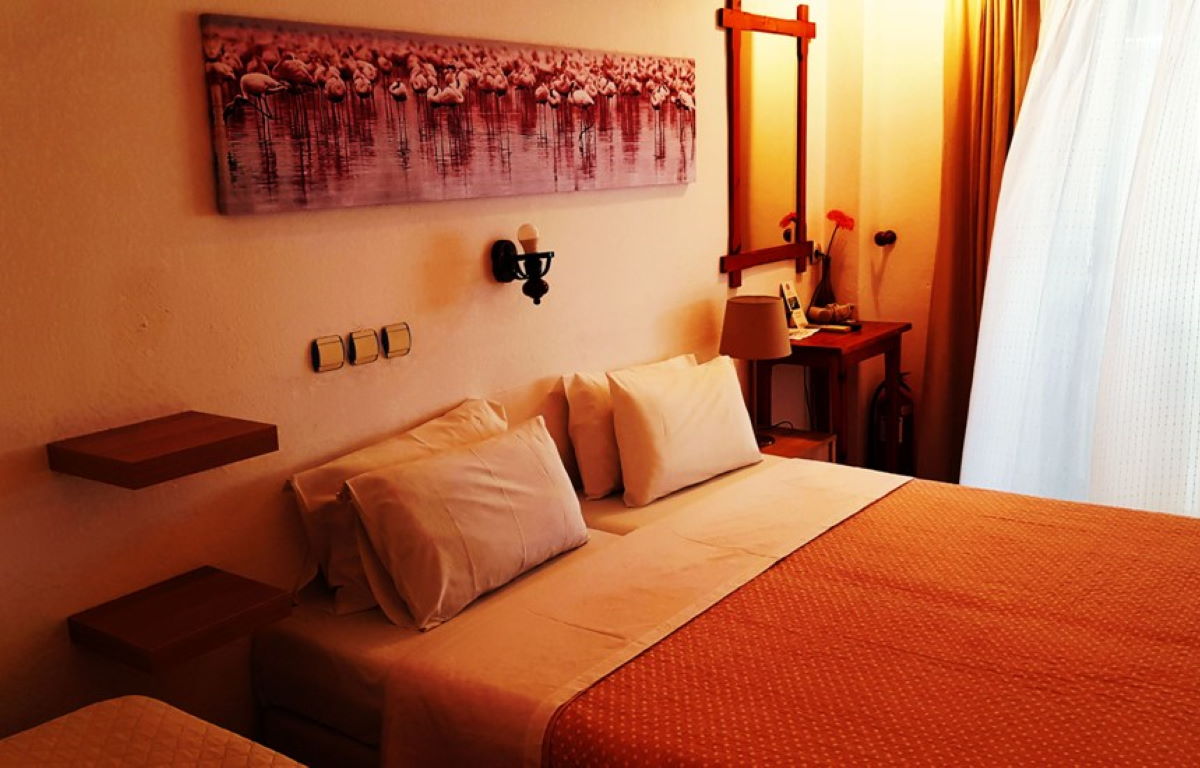Monastery Pandokratoros

Founded: Middle of 14th century
Founder: Alexios and Ioannis
Feast-day: 6th of August
Library: 350 manuscripts of which the Psalter and the Gospel of Kalyvitis stand out.
Collection: Icons from 14th to 19th century
The monastery Pandokratoros is built along the NE coast of the peninsula, on a rocky hillside facing the mouth of the Chrisoroa River. A more beautiful view of the Abbey is from the southern hills, where the road to Karies passes through: there are small unfolded gulves and the graphic port with the small huts that continue gradually over to other buildings between trees and green gardens.
As for foundation,G. Smirnakis believes that it was founded during the reign of Alexios Komninos the 1st (1081-1118). From written testimonies of the monasterial files and in agreement with signed material,founders were two brothers: "Megas Sir Alexios "and" highly respected Ioannis ", which means that they were superiors from the Byzantine state. Ioannis wrote in his will,while staying in the Monastery in 1384. According to oral history, he was so overwhelmed by the solitary form of life that he stayed and received the name Ioannikios. From their distinguished work in the new catholic, the piece that stood out is the icon of Pantokratoros (He who carries all), that is kept nowadays in the Ermitage museum in Petersburg. It brings the signs: "Gift from God's servant Alexios the great General " and "Gift from God's servant Ioannis ......", dated back to the decade 1360-1370. When it was being built, it was already under the protection of the Patriarch, and remained so until 1386, when it was placed under the protection of the king (Royal).
Its grounds have an indecisive six-sided form that resulted from the enlargement of the initial courtyard. East of the entrance to the Abbey, there is a lily plant with a sign that says: " "My Good source, the body and at the same time the mind, as I wish, refreshed". Two signs in the Abbey, inform us about two serious renovations in the 18th century: a big part of the western wing, including the dining room (1744), and the north wing (1781). The Eastern wing was renovated after a fire in 1948.
From the worthy icons in the treasury, we will only report a few more well known, the two famous icons of the 14th century: Christ Pantokratoros (He who carries all)-Saint Athanassios the Athonite and Saint John the Precursor - Virgin Mary Vrefokratousa(She who holds her baby),Saint Ioannis Prodromos the painted wooden Cross and the Crucifixion.
Big historical value also has the 'element' (metohi) the abbey has in the region of Karies, known as the cell of "Ravdouho", which was added to the Abbey's assets by the two brothers, in 1357. In this cell are safe kept, from when the monastery was very small in size, the reconstructed temple and the tower.












